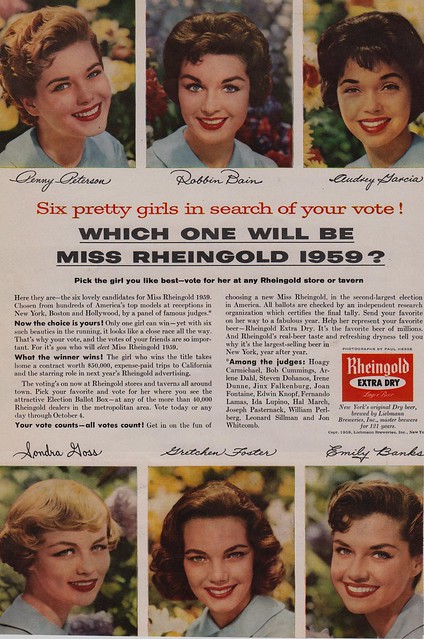ORIGINAL: epackage
Two beers and not much value, a few dollars tops...welcome to the forum....Jim
Thank you for the response, I was just wondering why I couldn't find any information on the Obermeyer bottle, I've managed to find many other ones but this is the first one I have found identical to mine. Any idea how old it is, I'm guessing its from the prohibition era, hence the "this bottle not to be used sold or refilled, must be returned" written on it.
But once again, thanks for the response! Trying to write a paper about this, dug up a couple bottles in the woods years ago and never thought much about them besides them being cool!









